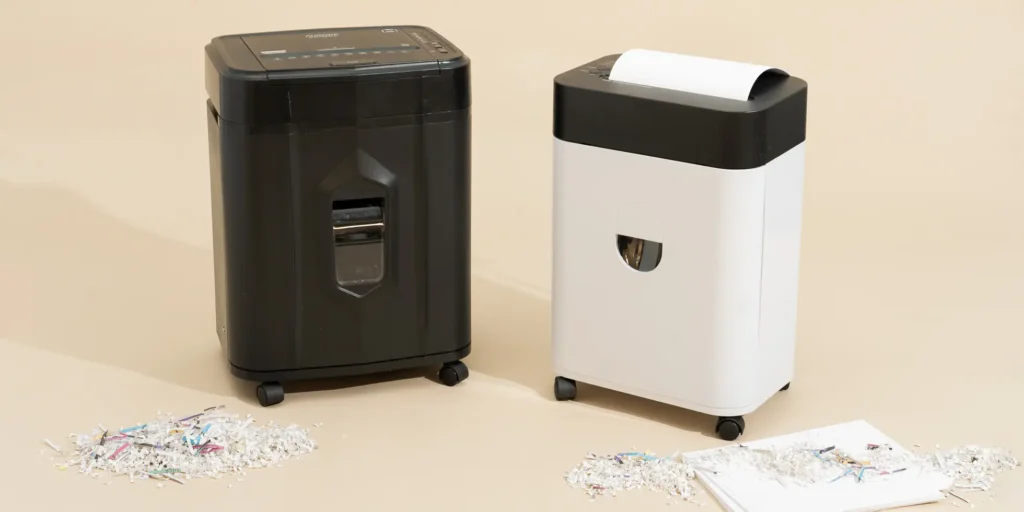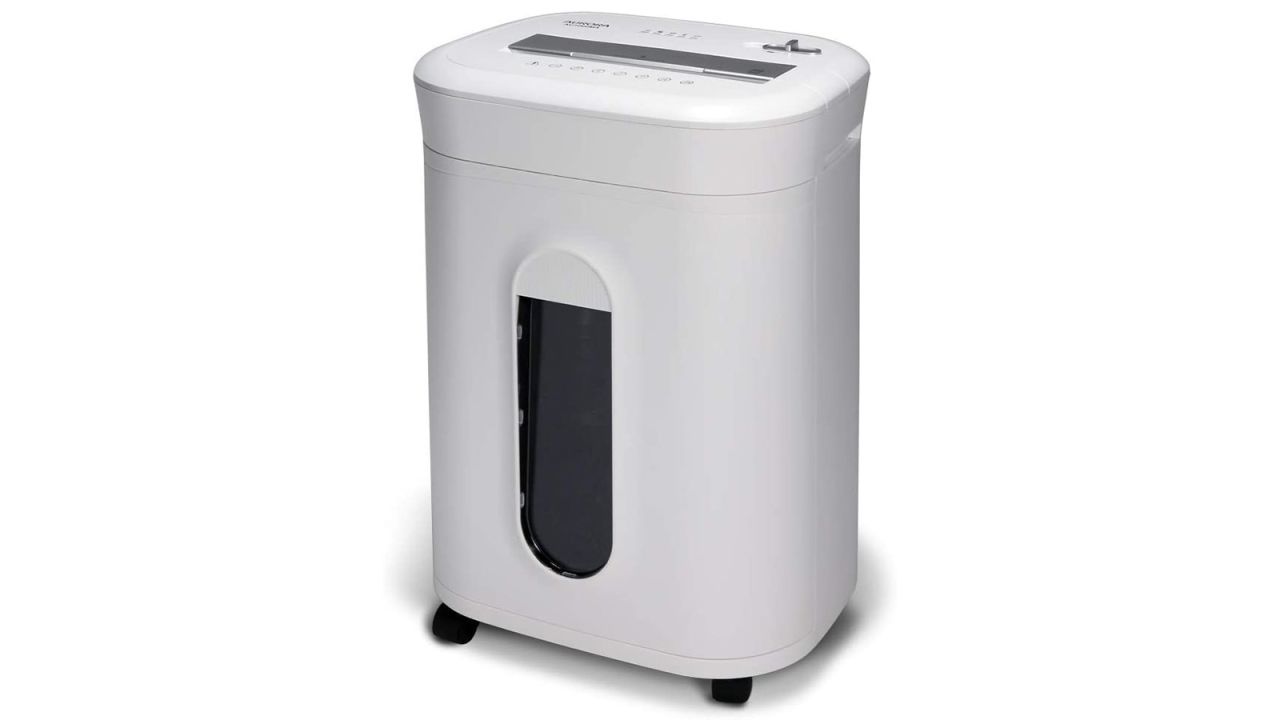Regardless of whether you are a secret spy or not, it is essential to possess a paper shredder.
The presence of bank statements and credit card offers in garbage and recycling bins presents a valuable opportunity for identity thieves. The most effective means of protection is a paper shredder, which efficiently pulverizes confidential documents and expels them in the form of confetti.
Melanie Pinole, a senior staff writer, has conducted extensive research, conducted tests, and written articles on various home-office equipment for Wire cutter since 2019. Before joining Wire cutter, she had more than twelve years of experience reporting on technology and productivity for reputable publications including Consumer Reports, Lifehacker, World, and Laptop Magazine.
The individual, who continues to get an excessive amount of correspondence containing personal or sensitive data, approached this book with a strong personal interest in identifying the most optimal paper shredder for her household and home office.
How we picked and tested
Melanie Pinole, a senior staff writer, has conducted extensive research, conducted tests, and written articles on various home-office equipment for Wire cutter since 2019. Before joining Wire cutter, she had more than twelve years of experience reporting on technology and productivity for reputable publications including Consumer Reports, Lifehacker, World, and Laptop Magazine.
The individual, who continues to get an excessive amount of correspondence containing personal or sensitive data, approached this book with a strong personal interest in identifying the most optimal paper shredder for her household and home office.
In order to ascertain the models to be tested, an examination was conducted on owner reviews available on Amazon and other retail platforms, with the specifications provided on the manufacturers’ webpages. The following aspects were taken into consideration:
Price: We sought paper shredders from prominent manufacturers that were priced below $200, with a particular inclination towards those priced at or below $100. High-priced shredders are specifically built for offices that consistently shred large amounts of papers throughout the day; they are excessive for a regular home office with only one or two individuals.
The presence of a shredder with a larger page capacity enables the shredding of a greater quantity of paper simultaneously, including many folded sheets. The majority of micro-cut shredders within our desired price range have the capability to process six to 12 sheets simultaneously, with the exception of our high-capacity models
The frequency at which a wastebasket needs to be emptied is determined by its capacity, which is indicated in gallons. The majority of shredders within our pricing range typically vary from 4 to 6 gallons.
Run time: The longer the run duration of the shredder, the greater the amount of shredding that can be done continuously before the device need a break to cool down. Shredders with lower costs exhibit run times of less than five minutes, whilst the most superior versions designed for home and small-office environments are characterized by run times of 10 minutes or longer. During our testing, the majority of the shredders’ bins reached maximum capacity within a span of 10 to 15 minutes of continuous shredding, hence invalidating assertions of exceptionally fast run times.
Cooldown time pertains to the duration during which the shredder’s timeout must elapse subsequent to surpassing the designated run time. If you desire to promptly resume your shredding task, it is preferable to have a shorter duration.
The majority of the shredders selected for testing possess casters and, despite their relatively large size, are capable of being accommodated beneath the majority of workstations. We conducted a comparative analysis of two compact shredders, namely the Amazon Basics 6-Sheet shredder and the Fellowes LX41-DB 8-Sheet model. These shredders were approximately the dimensions of a bathroom wastebasket. However, we observed that their lift-up lids were more unwieldy, untidy, and posed a greater risk of accidents compared to the pull-out bins seen in bigger shredders.
All of the shredders examined possess the capability to process stapled documents, paper clips, and plastic credit cards. Additionally, a select few shredders are equipped to grind paper clips and CDs, which we regarded as an advantageous feature.
In order to assess each shredder, we subject it to a series of rigors tests:
We sequentially processed batches of letter-sized paper, adhering to the shredder’s indicated maximum load, to assess whether the shredder would experience jamming or overheating during regular operation.
We intentionally entered a greater number of pages than the maximum load in order to observe the occurrence of jams in the shredder and assess the ease with which jams might be cleared. Please refrain from engaging in this activity in your residence. Adhere to the maximum page capacity advised by the manufacturer, or use fewer sheets, to prevent excessive strain on your shredder and potentially reduce its lifespan.
The run time of the shredder was measured, and in the event of overheating, the cool-down time was recorded.
The objective of our study was to evaluate the shredder’s efficacy in destroying staples, plastic credit cards, and CDs, as stated by the manufacturer of the shredder. We refrained from conducting testing using paper clips due to our past observations that they had a tendency to cause machine damage.
In order to assess the usability of the shredders, we conducted a comparative analysis of their switches, buttons, and indication lights.
We observed the level of ease or difficulty in emptying the wastebasket, as well as the maximum number of shredded pages that the bin could accommodate before requiring emptying.
A decibel meter was employed to quantify the noise level during the process of shredding.
Shredders were not subjected to testing using materials that deviated from the manufacturer’s suggested specifications. These materials include cardboard, adhesive labels, file folders, envelopes with plastic panes, laminates, X-rays, and greeting cards with sound chips or batteries.






